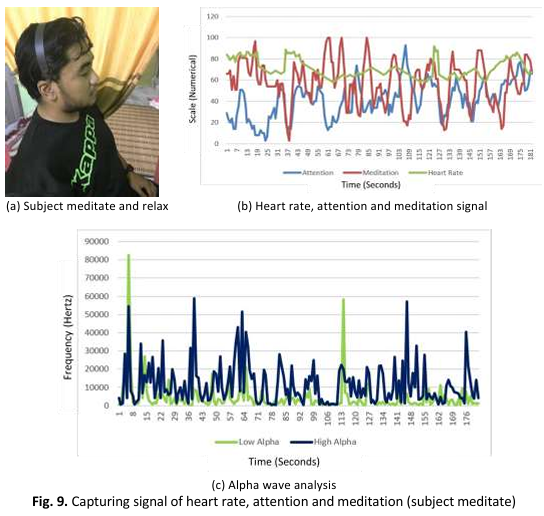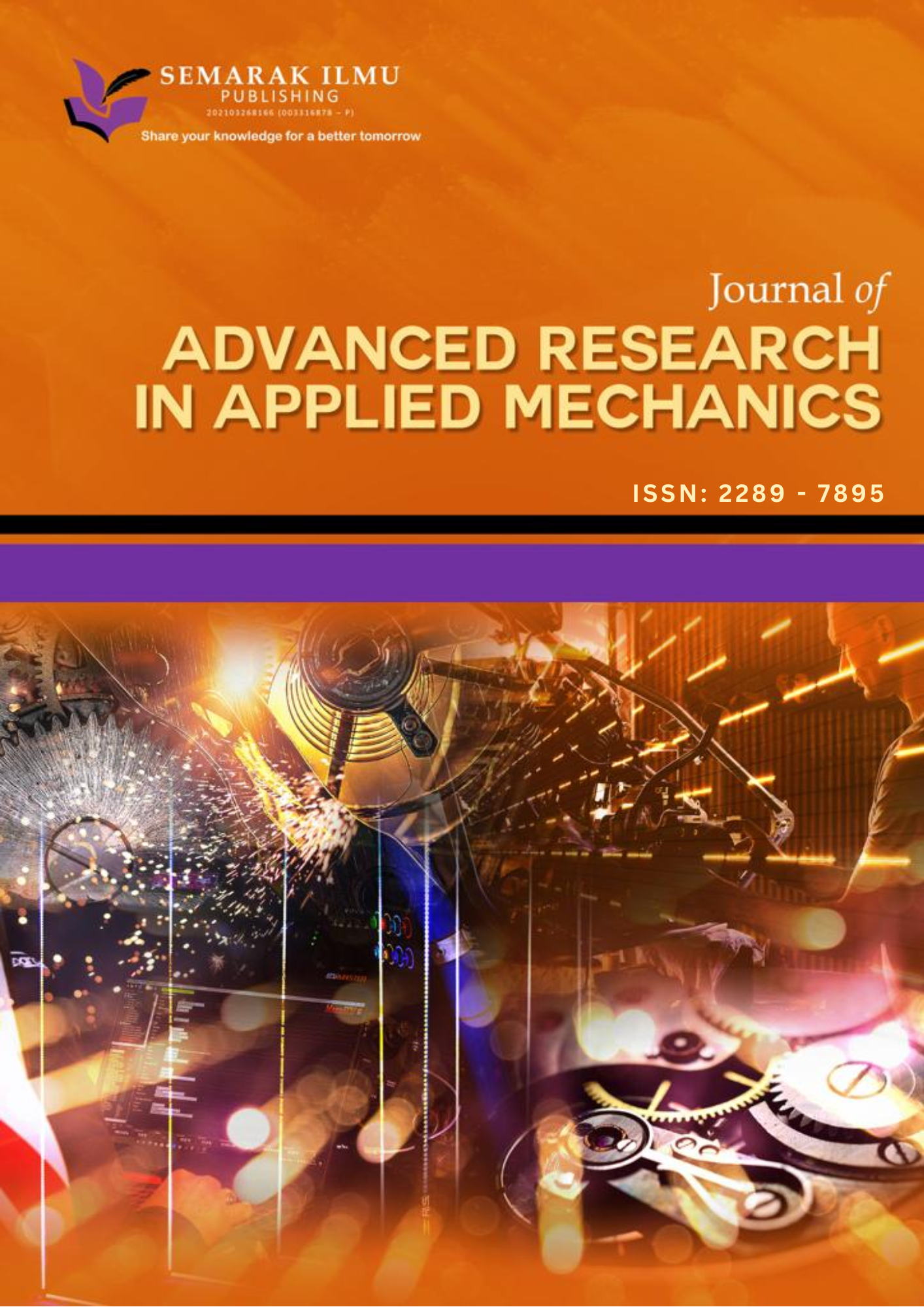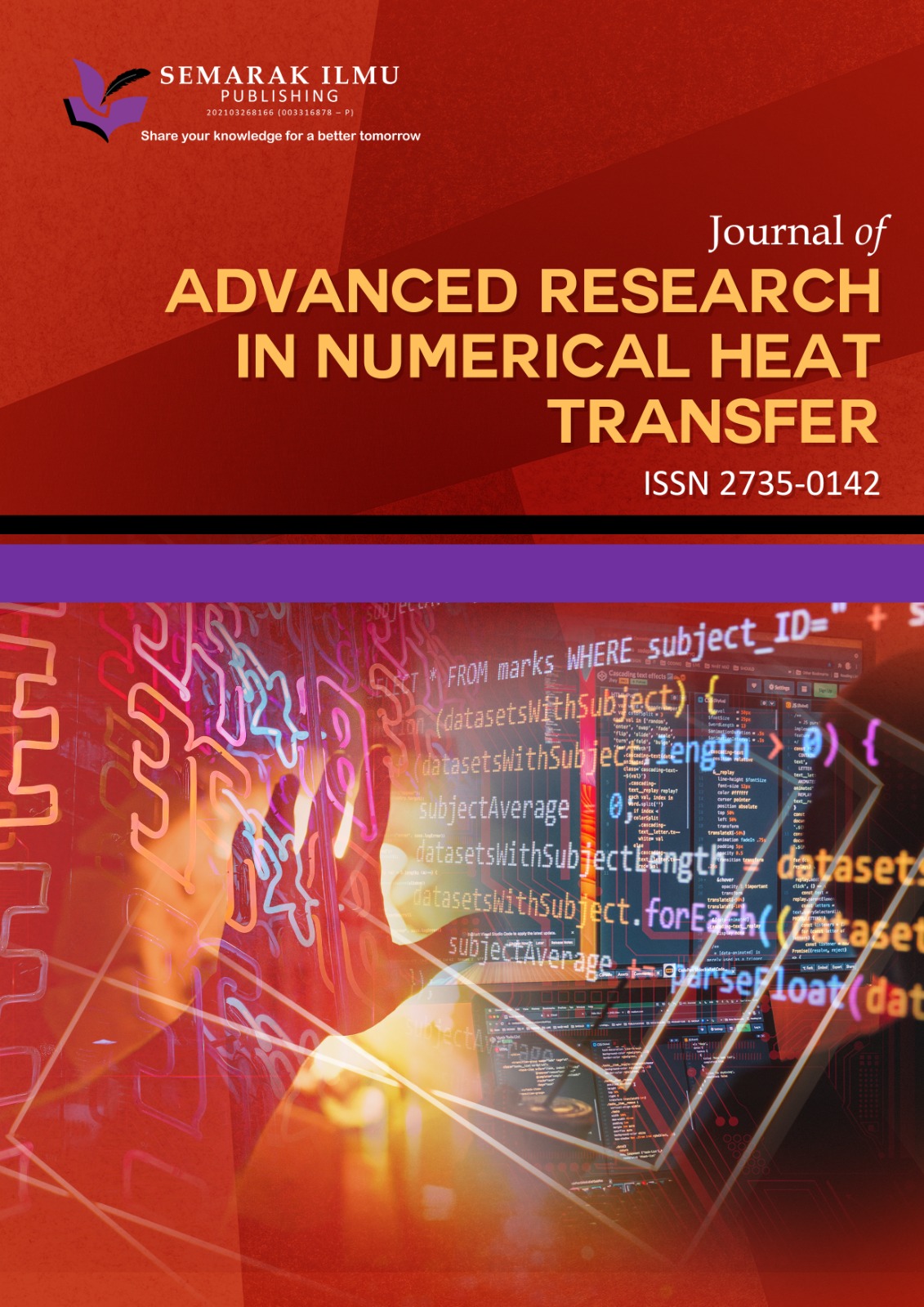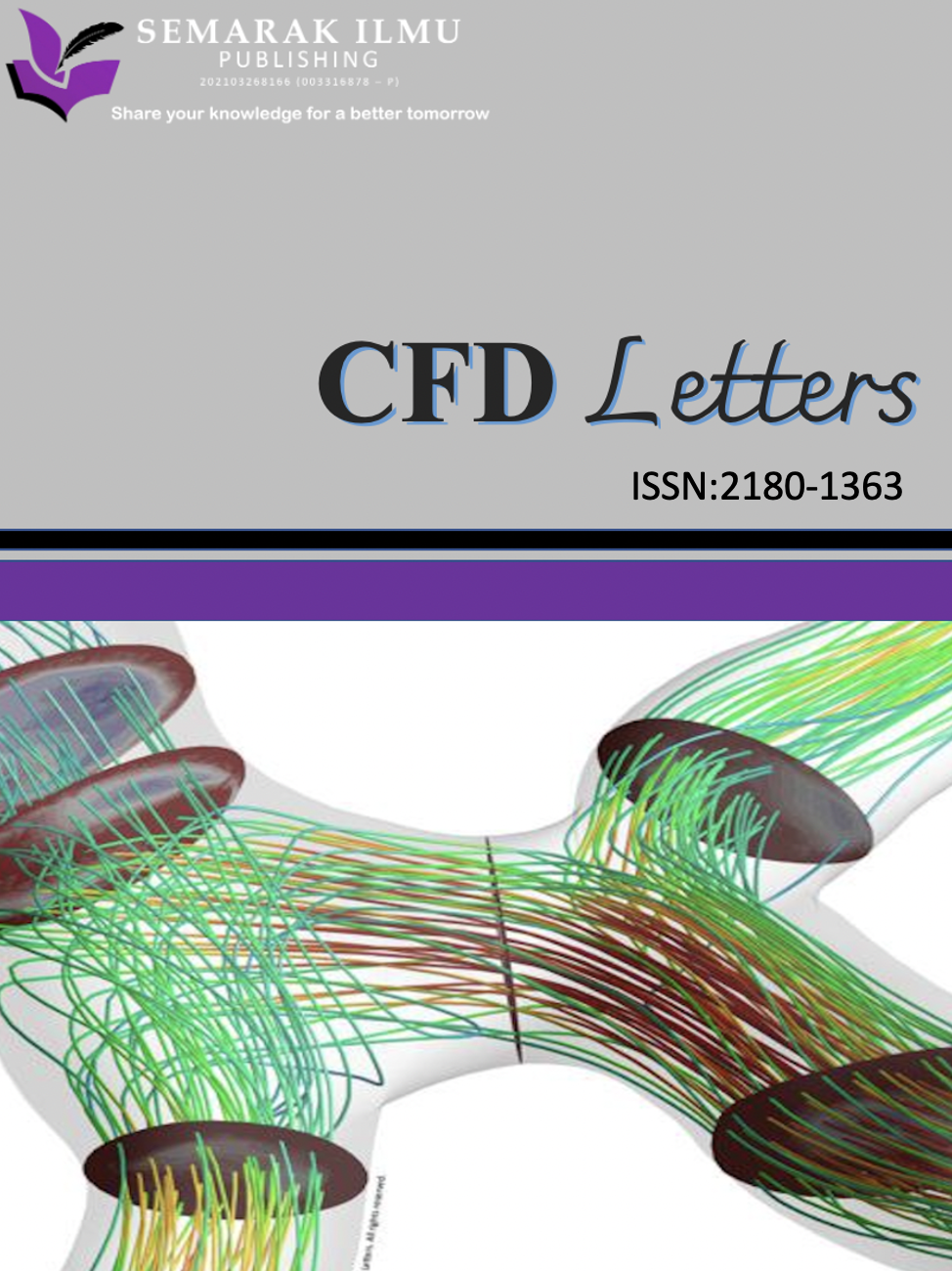Hybrid Human Interface System for Stress Level Monitoring: Integrating EEG and HRV Sensors
DOI:
https://doi.org/10.37934/ard.131.1.137150Keywords:
brainwave, EEG sensor, HRV, stress, IoT monitoring system, blood pressureAbstract
This study addresses the pressing need for advanced stress monitoring systems by proposing a Hybrid Human Interface System. Currently, the accurate assessment of an individual's stress levels is a critical aspect of healthcare, wellness and performance optimization. However, existing stress monitoring approaches often lack the precision required for comprehensive evaluations. To bridge this gap, our study leverages Electroencephalogram (EEG) and Heart Rate Variability (HRV) sensors to create a sophisticated hybrid system. The EEG sensor captures intricate brainwave patterns, offering valuable insights into cognitive responses, while the HRV sensor measures the variability in heartbeat intervals, reflecting autonomic nervous system activity. The integration of these physiological data sources aims to provide a comprehensive and accurate assessment of stress levels, addressing the limitations of current methodologies. By combining these two sources of information, our proposed system enhances the precision and reliability of stress level assessments. The study concludes by highlighting the promising potential of the hybrid approach for advancing stress monitoring systems, with broad applications in healthcare, wellness and performance optimization.
Downloads























